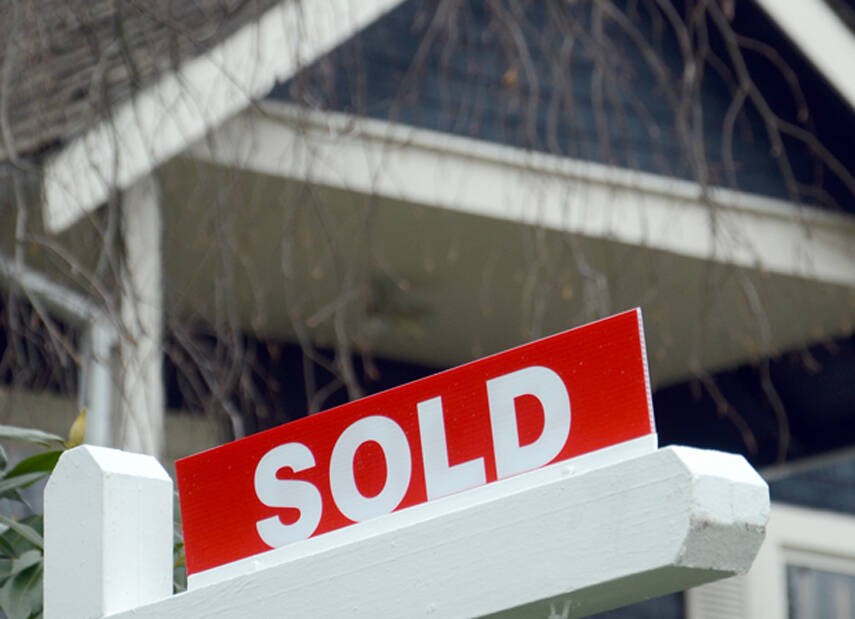A new analysis suggests about three per cent of homes in B.C. are flipped each year, although it is sometimes for benign reasons such as a death, divorce or job change.
Home-flipping has come into government crosshairs amid low housing supply and pressure on affordability.
A new Statistics Canada (StatCan) study finds 2.8 per cent of the province’s residential properties sold in the years spanning 2019-21 had been owned by their sellers for less than a year.
This proportion was highest in 2021, at 3.3 per cent.
By comparison, it was more common for residential properties to be re-sold in the second year of ownership. For instance, 5.3 per cent of properties sold in 2021 and 6.2 per cent of those sold in 2019 had been held by their seller for one to less than two years.
The study defines property-flipping as the purchase and re-sale of residential property within one year of possession.
Based on StatCan’s definition, residential properties can be flipped by owners who make no improvements to the house, by investors who renovate to seek capital gains or by individuals who need to sell quickly because of changing circumstances such as a death, divorce or job change.
Ottawa introduced new rules in January 2023 making any profit from property-flipping fully taxable as business income if the property is sold within the first year of possession, with some exceptions.
Meanwhile, the provincial government has also announced a home-flipping tax that will take effect Jan. 1. This tax will apply to properties sold within one year of possession and to properties sold from one to less than two years after possession with a decreasing rate.
StatCan found that property-flipping was more common in B.C.’s urban areas, and that condominium apartments were more likely to be sold within one year of purchase compared with all other property types.
The years 2019-21 were characterized by exuberant market conditions, as remote work during the COVID-19 pandemic became commonplace and people sought to upgrade their living quarters.
It was a lucrative period for home-flippers and home sellers in general, who could realize double-digit gains. StatCan said the median price gain of properties flipped within one year and sold in 2021 was $115,000, representing a 20.3-per-cent gross profit. This gain was higher for flipped single-detached houses (23.9 per cent) than for flipped condominium apartments (16.3 per cent).
“These short-term gains occurred in the context of an overall price increase amid a booming real estate market in British Columbia,” said the study, noting that by comparison, the median annual price of all residential properties in the province increased 18 per cent from 2020-21, rising from $610,000 to $720,000.
StatCan said that property-flippers tended to have certain characteristics, despite limited data. For example, businesses (7.9 per cent) accounted for a higher proportion of property flippers compared with their representation among real estate buyers (2.6 per cent) in 2020. The segment also skewed toward males, immigrants and older individuals.




